ESG / CSR
Industries
The Arguments for and against Rewilding
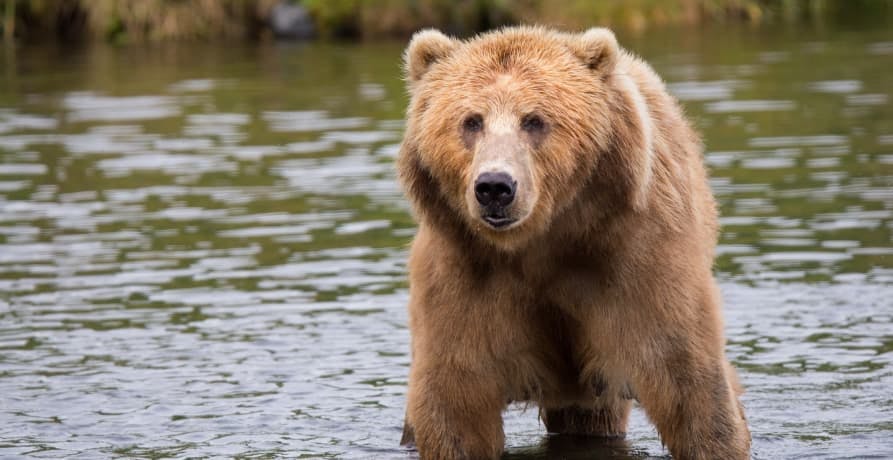


Rewilding has been attracting attention lately, and not always for the right reasons. Recent interactions between reintroduced species and the local population have left some wondering whether rewilding is a responsible means of conservation.
But rewilding is a much larger conservation concept that covers a huge variety of practices designed to restore nature and rebalance ecosystems. When applied responsibly and following certain principles, rewilding is an incredibly helpful and cost effective way to nourish wild environments.
👉 In this article we’ll explore what rewilding is, what its benefits are, and why it’s come under scrutiny.
First up, what is rewilding?
The primary aim of rewilding conservation is to prevent species extinction and restore balance to ecosystems that have suffered as a result of human activity. This is achieved by letting nature take over - albeit with a little helping hand. Rewilding can include activities that promote the right conditions for nature to thrive, for example by removing dams, reducing management of local wildlife populations, allowing forests to regenerate, or reintroducing native species that have disappeared from a location due to human activity.
👉 Essentially, rewilding aims to restore a habitat to the state it would otherwise be in, had it not been modified by human disturbance.
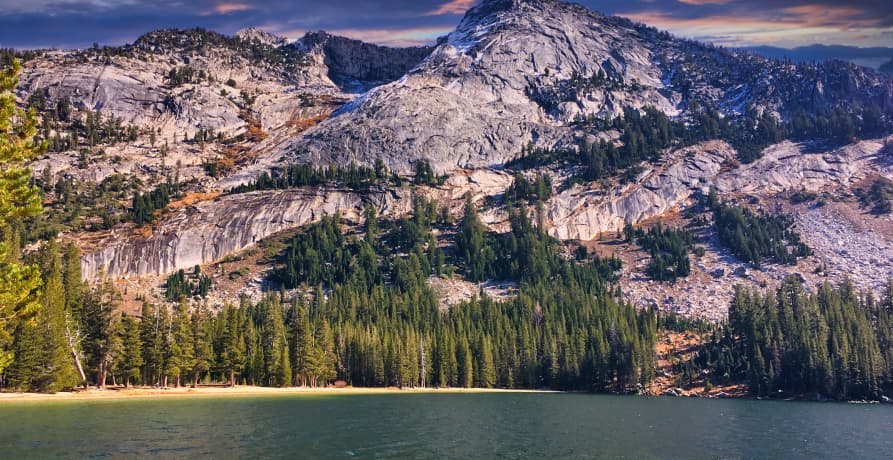
Why is rewilding needed?
Experts have warned that nature is declining rapidly, resulting in an acceleration in the rate of species extinction - in fact, as many as a million different species could face extinction over the coming decades.
The primary reason for this is human activity. Our actions are resulting in habitat loss and deterioration, the exploitation of natural resources, and climate change. According to the World Economic Forum, in Europe over 80% of land is degraded, and less than 30% of the continent's rivers are classified as healthy. This pattern is replicated across the globe.
👉 The United Nations Sustainable Development Goals highlight the need to protect, restore, conserve and sustainably use the Earth’s natural resources (Goals 14 and 15). Rewilding is a form of conservation that can help to achieve these aims and reverse the harmful effects of human activities on nature.

Rewilding approaches
So what does rewilding actually involve?
Rewilding is anything that works to restore nature and return an ecosystem to the condition it was in before human interaction - so as you can imagine, there’s a huge variety of rewilding methods, depending on the history of the area, condition of the ecosystem, and aims on the conservation project.
Generally speaking though, rewilding practices will fall under one of three different approaches.
Pleistocene rewilding
This type of rewilding describes the practice of reintroducing species from the Pleistocene era - otherwise known as the Ice Age. By the end of the last ice age, nearly all megafauna became extinct, which some experts argue left our ecosystems unbalanced.
Plesitocene rewilding aims to rebalance ecosystems by reintroducing species that would have been common in a certain area prior to this period. The reintroduction of bison to several areas in Eastern Europe is an example of this - something that’s proven to be very successful for the local ecosystems.
Passive rewilding
This type of rewilding is pretty self explanatory - it aims to let nature restore itself in a certain area by eliminating (or severely reducing) human intervention. It simply lets natural processes take over.
An example of this would be setting aside a piece of land and simply leaving it to develop in whatever way nature takes over.
Translocation rewilding
This type of rewilding involves the reintroduction of species that have more recently been lost from a certain ecosystem. It restores altered ecosystem processes and functions by reintroducing the species.
For example, beavers - which were not so long ago a common site in the UK and the Netherlands but have since become extinct in these countries - have been reintroduced in an effort to prevent flooding and improve biodiversity.
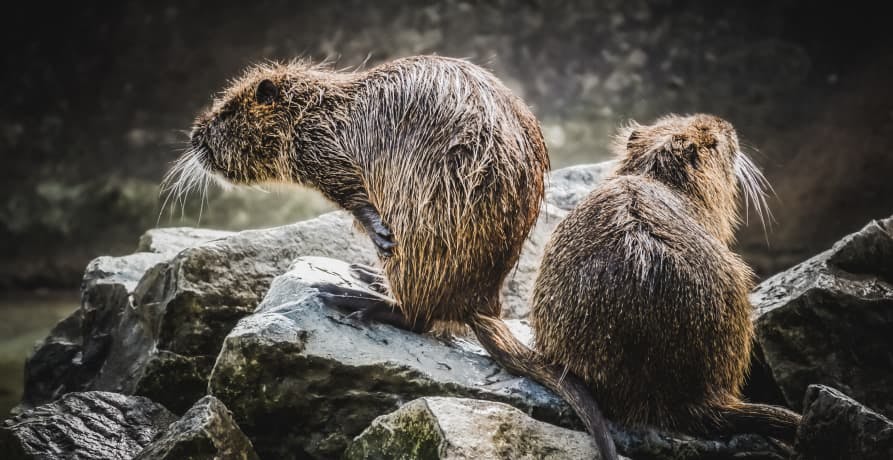
Rewilding in practice
To give you a better idea of what rewilding looks like in practice, let’s take a look at some common examples below:
- The reintroduction or reintroduction of a species in order to restore ecosystem processes and functions to the state before human interference. As part of this conservation method, the emphasis is usually placed on the reintroduction of keystone species such as herbivores and predators as they tend to have the biggest impact on ecosystem functions through the control of prey populations. Predators for example may fill in crucial gaps in the food chain and reduce the population of grazing animals which can damage vegetation when numbers grow too high.
- Protecting and expanding an ecosystem. The protection of such an area, and the removal of any human management or interference allows nature to take over and to find a natural balance.
- The introduction of a species to an area to perform a specific function that ultimately helps to protect the ecosystem in the long term. For example, the introduction of beavers to ecosystems where they can build natural dams that reduce downstream flooding.
- The removal of man made structures so that animals are able to move more freely and natural processes are able to re-establish themselves. For example the removal of a dam so that fish can move up and down stream more easily and so that processes of erosion can re-establish themselves.
- The setting aside of large areas to allow nature to take over without human interference.
- The restoration of marine ecosystems such as coral, seagrass etc. This helps to restore marine biodiversity.
What are the benefits of rewilding?
Healthy ecosystems
However, human activities such as deforestation, pollution etc. are resulting in the deterioration of biodiversity and our ecosystems. Rewilding works to tackle this by restoring an area to a natural equilibrium - the ultimate aim being that the habitat is restored to its prior condition, so that it’s as if humans had never interfered with it in the first place.
Protects keystone species
But certain species tend to drive ecological processes more than others. These tend to be large herbivores and top predators. These animals often keep other population numbers under control - take the example of an area that loses its top predator, this may leave other species without any natural predator, meaning their numbers are allowed to increase, which can then place pressure on the ecosystem in terms of food supply and can even result in over-grazing of vegetation etc.
👉 Rewilding can counteract such issues by protecting and even reintroducing species that are central to the healthy balance of a particular ecosystem.
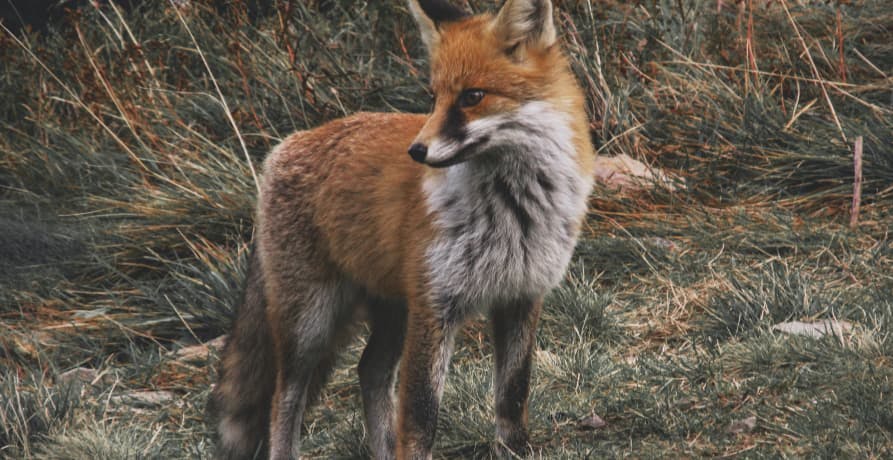
Mitigates climate change
Because rewilding involves letting nature re-establish itself in a given area, this tends to mean that vegetation and forests thrive - even where the rewilding techniques used don’t actively involve reforestation.
Forests, plants and healthy soil are all important carbon sinks, which means that they help to absorb some of the excess carbon dioxide in our atmosphere. If we’re going to be able to achieve net zero emissions globally, this means that not only do we have to eliminate sources of excess carbon dioxide but we also need to work to remove the excess carbon dioxide that is already in the Earth’s atmosphere - increasing the capacity of carbon sinks is one such way to achieve this.
In addition to increasing the capacity of carbon sinks, rewilding also helps to prevent some of the worst impacts of climate change. For example it can help to reduce soil erosion which minimises the risk of flooding in an area.
Benefits local communities
There are multiple ways that rewilding contributes to the wellbeing of local communities. Not only can rewilding help to protect local communities from the effects of climate change by reducing the risk of flooding and other impacts of climate change, but it also creates socio-economic opportunities and improves the health of local populations through access to nature.
This is particularly true where the livelihoods of local communities are closely tied to the environment - for example where local communities rely on nature to attract tourists.
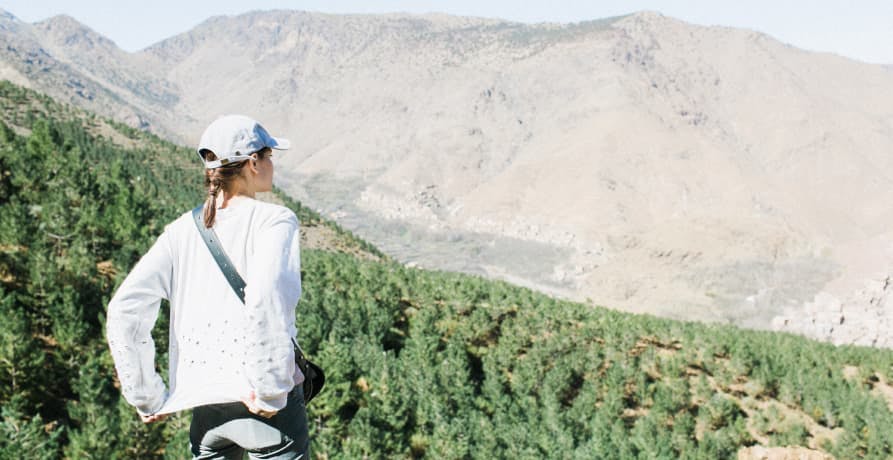
Cost effective
Rewilding means that nature essentially takes care of itself, with minimal input from humans.
👉 Where conservation relies on constant management and human input this ultimately means that money needs to be spent to maintain the environment. Rewilding is a much more cost effective alternative.
Successful rewilding projects
Rewilding sounds great in theory, but how does it hold up in practice?
While not all rewilding efforts have resulted in a positive outcome, many have been successful in restoring natural balance to an ecosystem. Let’s take a look at some of these in more detail.
Beaver reintroduction in the UK
The Eurasian beaver was at one point a common site across Europe, but was sadly eliminated from many countries as a result of overhunting for its fur and meat. One such country was the UK.
However, in recent years efforts have been made to reintroduce the species to the United Kingdom. The reintroductions have proven to be a success and they’re contributing significantly to the reduction of flood risk. Beaver dams can decrease the harmful effects of a flood by up to 60%! Not only this, but the beaver dams encourage new plant growth which also contributes to the capture of excess carbon dioxide in the atmosphere.
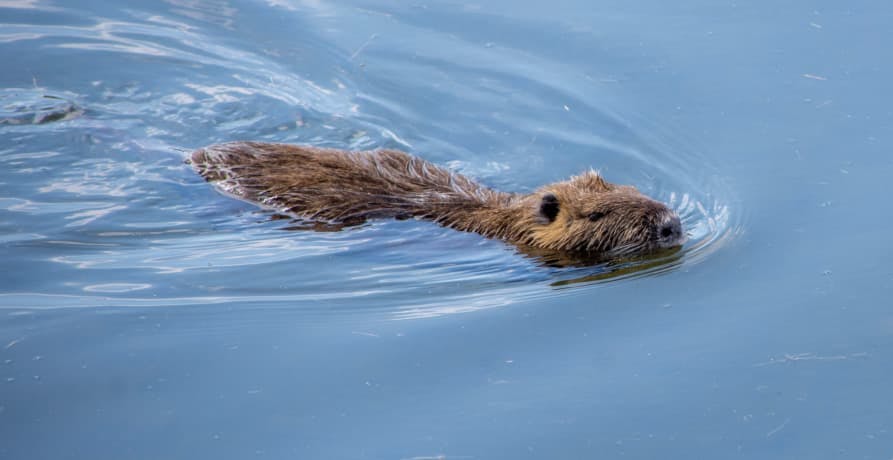
Wolves in Yellowstone National Park
The elimination of wolves from Yellowstone National Park resulted in an imbalance in the park’s ecosystem, allowine elk populations to soar, which resulted in the overgrazing of certain tree and shrub species. The loss of trees in particular had a knock on effect and caused a decline in songbird numbers and lack of wood for beavers to build dams with.
In 1995 14 wolves were reintroduced to the park, and their impact was a huge success. Deer and elk populations quickly stabilised, and song bird numbers started to increase again. Experts often cite it as one of the best examples of rewilding success in history.
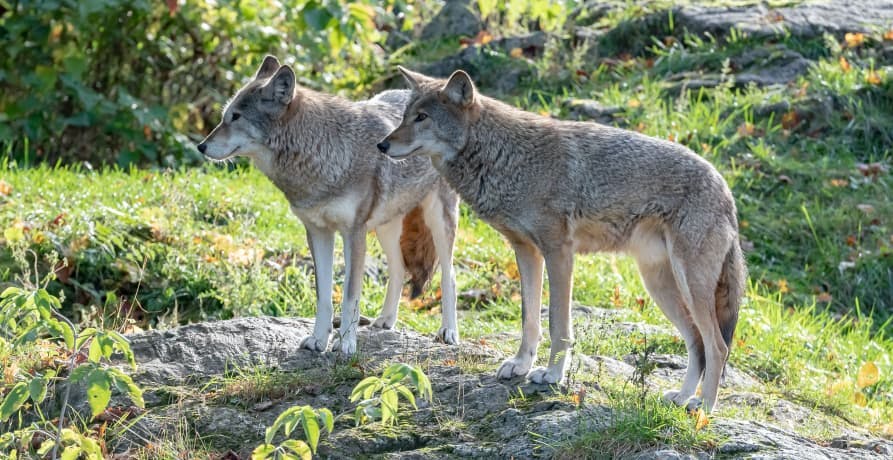
Water buffalo in Eastern Europe
Water buffalo were once common in many parts of Eastern Europe, however, populations were wiped out by the 1990s.
These creatures play an important role when it comes to biodiversity - they tend to feed in marsh land and by walking across this soft, soaked terrain they create pools for insects, fish and amphibians to live in. Not only this, but they’re also seed dispersers - they transport seeds through their fur or faeces.
In 2021 the decision was taken to reintroduce the creatures to Ermakov Island in Ukraine. The result has been very positive and the buffalos are credited with promoting biodiversity in the area.
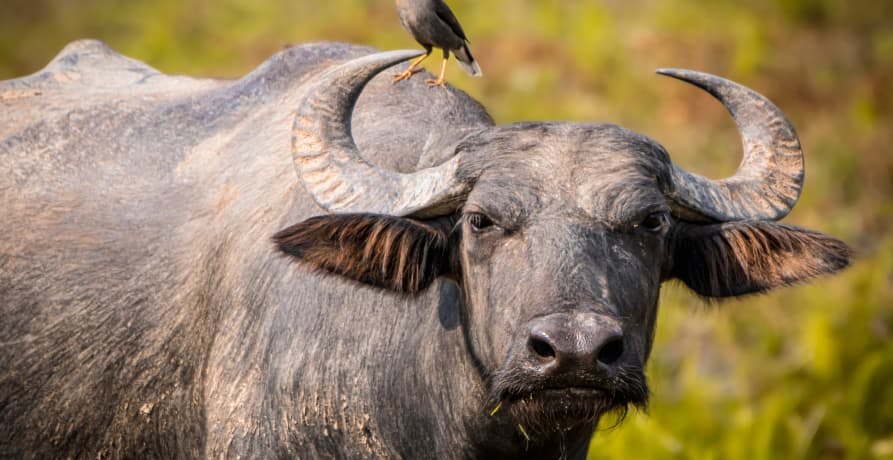
What's the issue?
Rewilding is fast becoming a popular method of conservation, and governments, NGOS, communities and individuals around the world are increasingly adopting such rewilding methods as a means of improving nature and the health of ecosystems. However, the principles of rewilding are inconsistently defined and commonly misinterpreted which can sometimes cause more harm than good.
One of the biggest issues with rewilding is the level of uncertainty associated with the practice of reintroducing species to an area. It’s not always fully understood what the repercussions will be, even in the situation where that species was once native to the area.
Take the example of the recent fatal bear attack of an Italian man in Northern Italy. The bear was introduced to the area as part of a 25-year old rewilding scheme that aims to boost local bear population numbers. The European Union funded project was created to save the species from extinction in the Alps. As part of the project ten bears were captured in Slovenia and reintroduced to the area.
Bears perform a number of important ecosystem functions, including prey population control, the cleaning up of carcasses, and seed dispersal. The bear attack in 2023 marked the first such incident in modern times, however, this hasn’t stopped members of the public from voicing concern. The result is diminishing public support and increased risk of poaching to bear populations. Local politicians have also brought up the possibility of culling bears in the area to reduce numbers.
This case highlights the importance of local support, and also showcases just how fragile rewilding can be. This is especially true where local communities are not sufficiently educated on the importance and the reasoning behind rewilding efforts. Where bears are reintroduced for example, local communities should be made aware of safety practices etc.
Another example of rewilding gone wrong is the 1983 Oostvaardersplaassen (OVP) project in the Netherlands which saw the reintroduction of Heck cattle, Konik horses and red deer. Tragically 30% of the animals perished over the winter months as a result of food scarcity, and vegetation in the area was severely degraded due to overgrazing. The problems arose from the fact that species numbers were not monitored properly and the animals were unable to move to alternative habitats in search of food, which meant that they were at the mercy of food availability within one singular area. This is another tragic example of rewilding gone wrong, and highlights the fact that rewilding is not always a simple case of letting nature run its course.
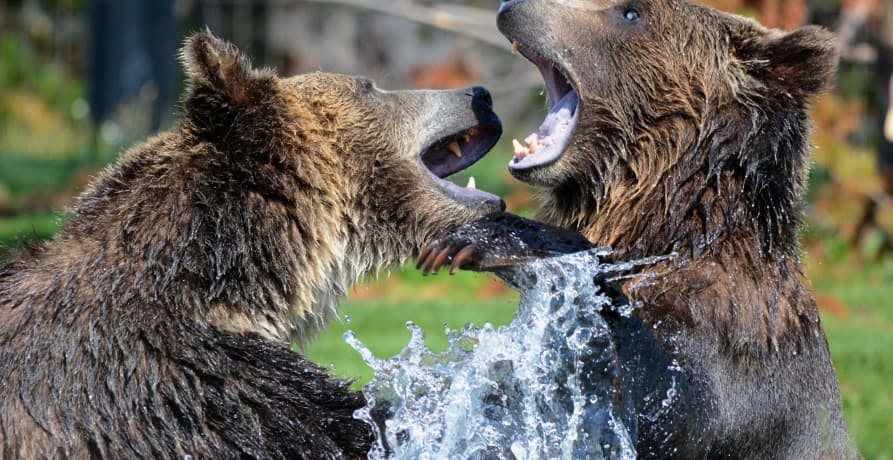
Principles of rewilding
So how can we ensure that rewilding efforts are successful and don’t bring any negative consequences?
The IUCN (the International Union for Conservation of Nature) has created ten principles that should be adopted by those looking to implement a rewilding initiative - when adhered to, these principles help to ensure that any rewilding efforts bring benefits to an ecosystem.
The ten principles are:
- Rewilding should use wildlife to restore an ecosystem’s food webs and food chains
- Rewilding plans should identify the key rewilded areas, ways to connect them, and should also ensure that outcomes benefit both communities and nature
- Rewilding success necessitates local engagement and support from local communities
- Rewilding focuses on the recovery of ecological processes, interactions and conditions based on comparable healthy ecosystems
- Rewilding acknowledges that ecosystems are complex and constantly changing
- Rewilding should also incorporate considerations of climate change and should aim to mitigate its impact
- Rewilding is scientifically based and also takes into account local knowledge
- Rewilding recognises the value of all species within an ecosystem
- Rewilding should be adaptable and responsive to monitoring and feedback
- Rewilding is a paradigm shift in the coexistence of humans and nature
These ten principles are designed to provide a reference point for those looking to adopt rewilding conservation practices. The IUCN has also produced other guidelines that provide helpful advice for those looking to reintroduce species to an ecosystem - see their guidelines for reintroductions and other conservation translocations. These resources are intended to prevent any negative consequences of rewilding.
What about Greenly?
At Greenly we can help you to assess your company’s carbon footprint, and then give you the tools you need to cut down on emissions. Why not request a free demo with one of our experts - no obligation or commitment required.
If reading this article has inspired you to consider your company’s own carbon footprint, Greenly can help. Learn more about Greenly’s carbon management platform here.




